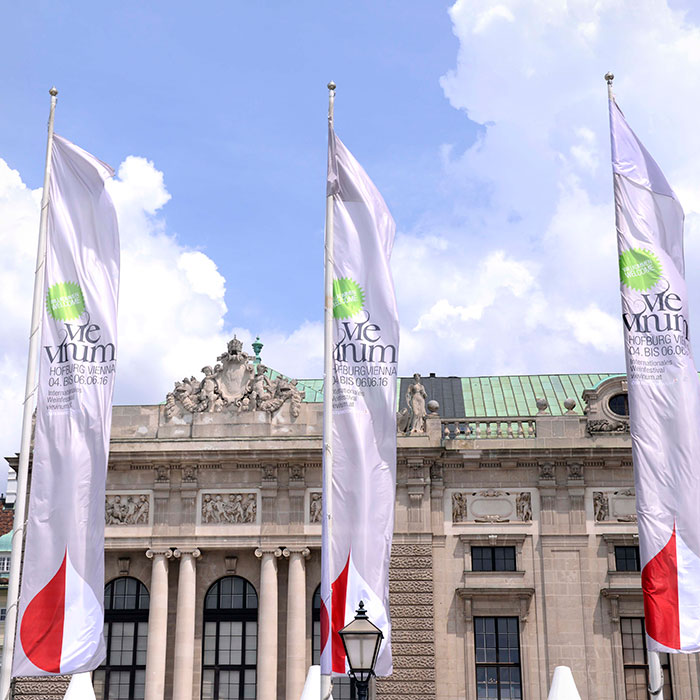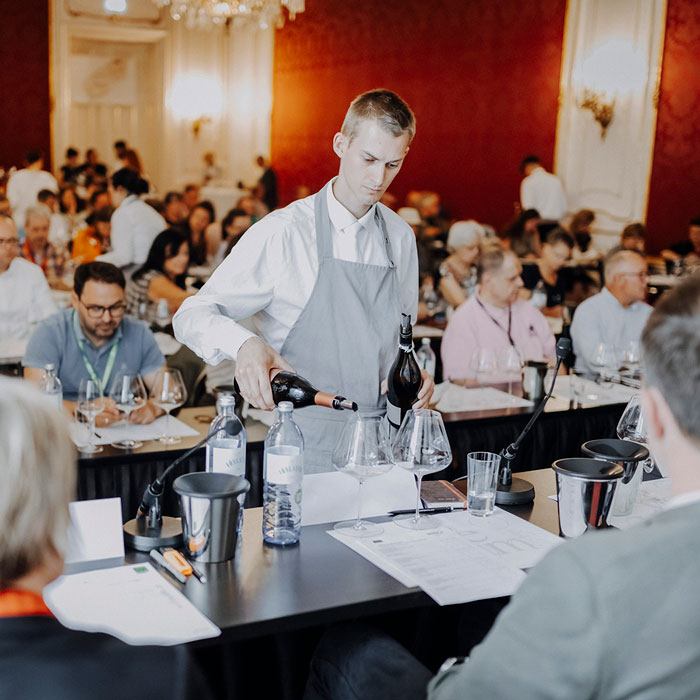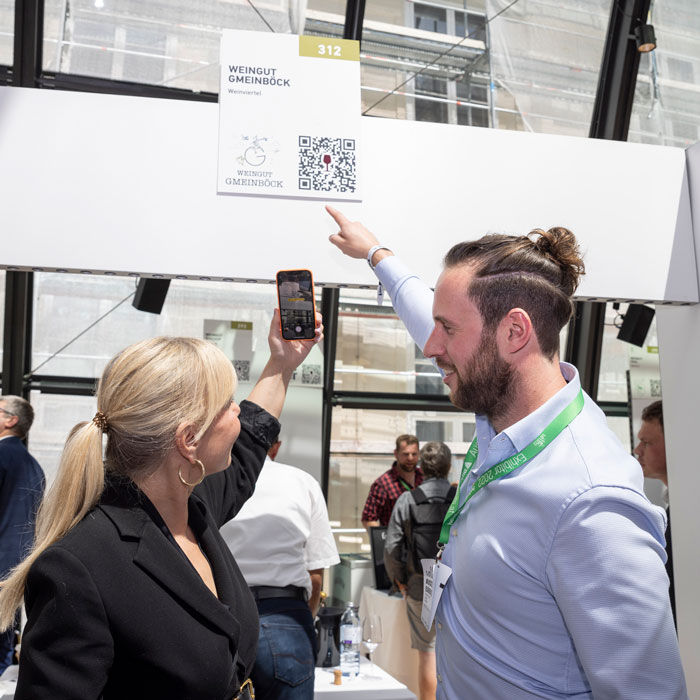
"In Düsseldorf, only a tenth of the people were out and about as here". A vintner at VieVinum surprised us with this statement. "We had valuable contacts there, too, and will not give up ProWein," he relativised, however. But the majority of the Austrian wine scene was disappointed by the largest wine and spirits fair - and is questioning its future participation. In the magnificent rooms of the former imperial residence Hofburg in Vienna, however, the mood among exhibitors and visitors was good.
Great interest was also reported from events of manageable size such as the wine exchange of the Association of German Prädikat Wine Estates (VDP) in Mainz. Likewise, the annual presentation of the Renowned Wine Estates Burgenland (RWB) attracted many wine lovers and professionals to the state rooms of Schloss Esterhazy in Eisenstadt. The Millésime Bio in Montpellier, which was hardly known ten years ago, quickly developed into the most important fair for organic wines. Many of the exhibitors there now even avoid ProWein because in Montpellier they can meet exactly their target group of traders and sommeliers. What can smaller events do that ProWein can't (any more)?

The ambience of the Habsburg Palace in Vienna cannot be solely responsible for the good mood, the industry has known that since 1998. That it is more fun to walk up grand staircases and taste in lavishly furnished ballrooms than in anonymous functional halls is undisputed. Even if the Hofburg makes transport to and from the event much more time-consuming for the exhibitors.
In Vienna, organiser M.A.C. Hoffmann 2022 focused more on trade visitors than in the past. Previously, private wine lovers who were allowed to taste or drink from 1 p.m. onwards were the basis of ever new visitor records. This increasingly led to grumbling among the exhibitors, who had to make many wines available for "all-inclusive" wine drinkers. This time, with an entrance fee of 75 euros per day, the hurdle was set much higher for those who do not want to engage seriously or professionally with the wines.
Together with Österreich Wein Marketing (ÖWM), the focus was on wine professionals from Austria and abroad. The ÖWM invited more than 1,000 traders, restaurateurs, sommeliers and journalists from all over the world to deal with Austrian wine here in a targeted and concentrated manner.
To this end, many fringe events on various topics and special tastings with commentary were offered, which were called "School of Wine" with a wink. Because the participants sat there like on an old-fashioned school bench. Services such as the personal digital tasting booklet and the B2match app were also fully tailored to trade visitors.

None of these are new or even unique inventions. Nevertheless, exhibitors and visitors were very satisfied with the quality of the contacts and the discussions. There was no idling at the tables at any time. Incidentally, at VieVinum these replace the elaborate and expensive stand constructions of the big fairs: Every winery has the same conditions.
All in all, VieVinum had 12,000 visitors over three days, almost a third of ProWein's visitors with a tenth of the exhibitors. Apparently, many international experts interested in wine from Austria chose VieVinum as their destination right away this time. Therefore, the idea of exhibiting in the future alternately at ProWein and VieVinum, which only takes place every two years, was heard from some winemakers.
The use of digital and hybrid presentations with the sending of tasting samples is now considered a matter of course. To a certain extent, it replaces personal encounters at wine fairs. What seems clear with increasing cost pressure is that producers will choose their fairs even more carefully in the future, evaluate the results and compare the figures - and above all the costs. Small, fine, focused events are likely to gain in importance.